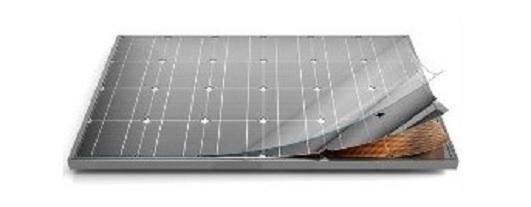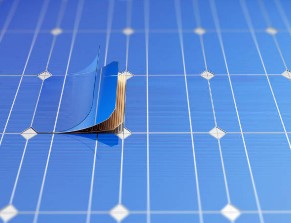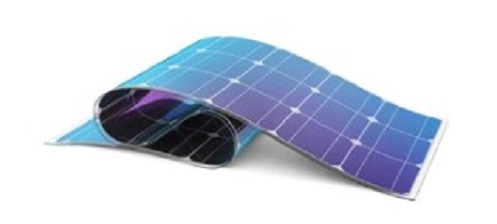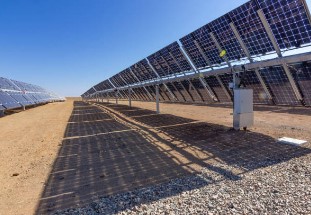Introduction
Solar panels are gaining popularity, thanks to their eco-friendly and cost-effective nature. Understanding the different types of solar panels is essential for making an informed decision. In this article, we’ll explore four key types: monocrystalline, polycrystalline, thin-film, and bifacial solar panels. Additionally, we’ll cover their advantages and drawbacks, helping you make the best choice for your energy needs within the various types of solar panels available.
Monocrystalline Solar Panels
Monocrystalline solar panels are recognized for their high efficiency and sleek appearance. They consist of single-crystal silicon cells, which contribute to their impressive performance. Although their cost can be higher than other options, the long-term energy savings make them a popular choice.

Polycrystalline solar panels
Polycrystalline solar panels, on the other hand, are made from multiple silicon crystals. They tend to be more affordable, but their efficiency is slightly lower. The distinctive blue hue sets them apart visually from monocrystalline panels. If you’re on a budget, these panels might be a good option.

Thin-film solar panels
Thin-film solar panels offer another alternative. They’re lightweight and flexible, making them suitable for a variety of applications. Despite their lower efficiency, their easy installation and adaptability appeal to many consumers. Keep in mind that they require more space than other panel types.

Bifacial solar panels
Finally, bifacial solar panels are unique because they can absorb sunlight from both sides. This feature allows them to generate more energy, particularly in locations with ample sunlight. However, they can be more expensive and require specialized mounting systems.
To decide which type of solar panel is best for you, consider factors such as efficiency, cost, and available space. Monocrystalline panels offer the highest efficiency, while polycrystalline options are more budget-friendly. Thin-film panels provide versatility, and bifacial panels maximize energy production.

Conclusion
Understanding the various types of solar panels helps you make an informed decision for your energy needs. Whether you prioritize efficiency, cost, or adaptability, there’s a solar panel type that’s right for you.